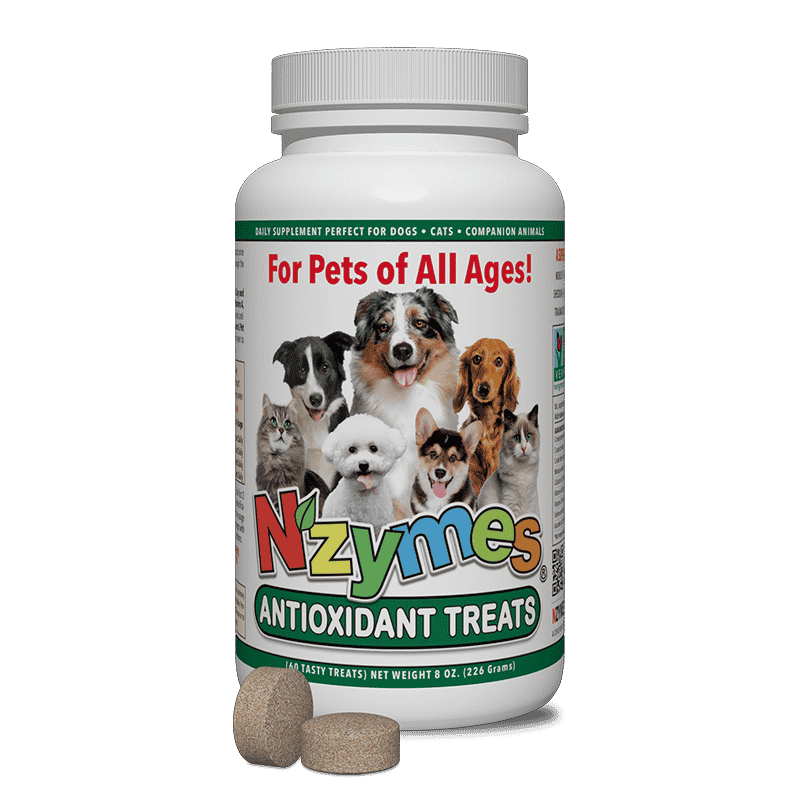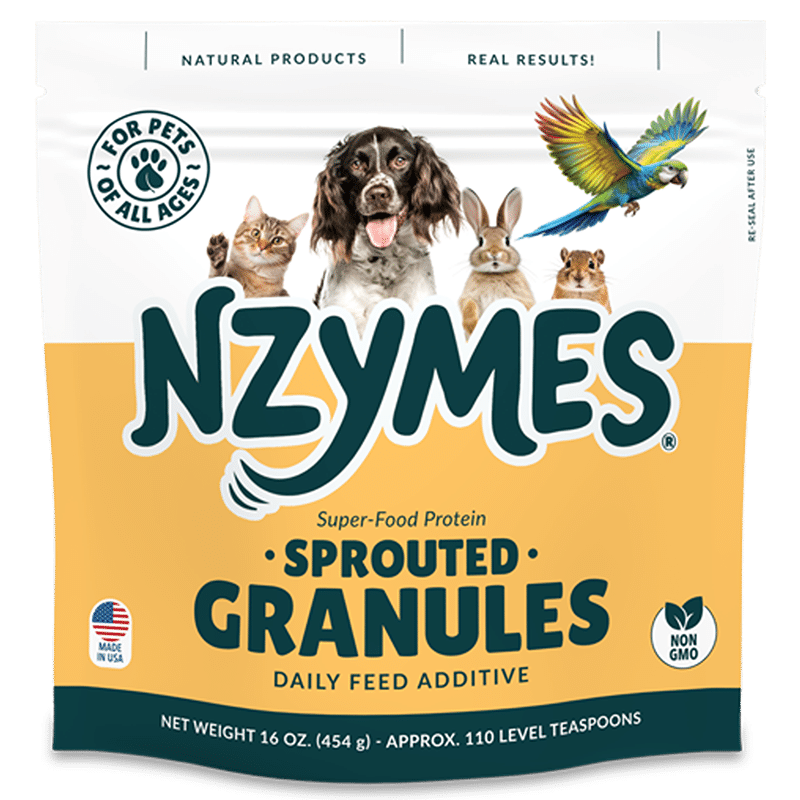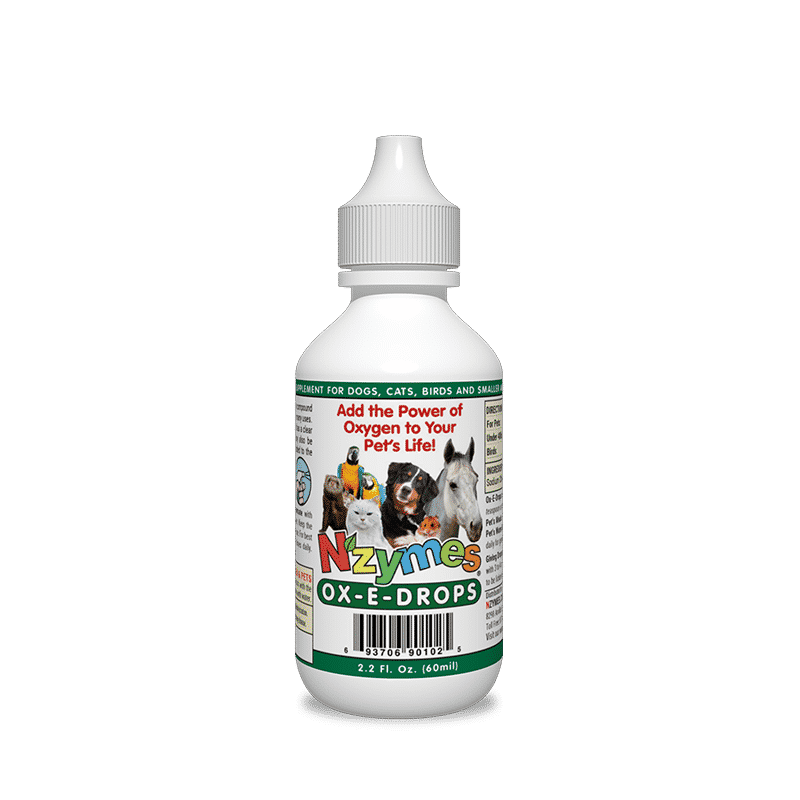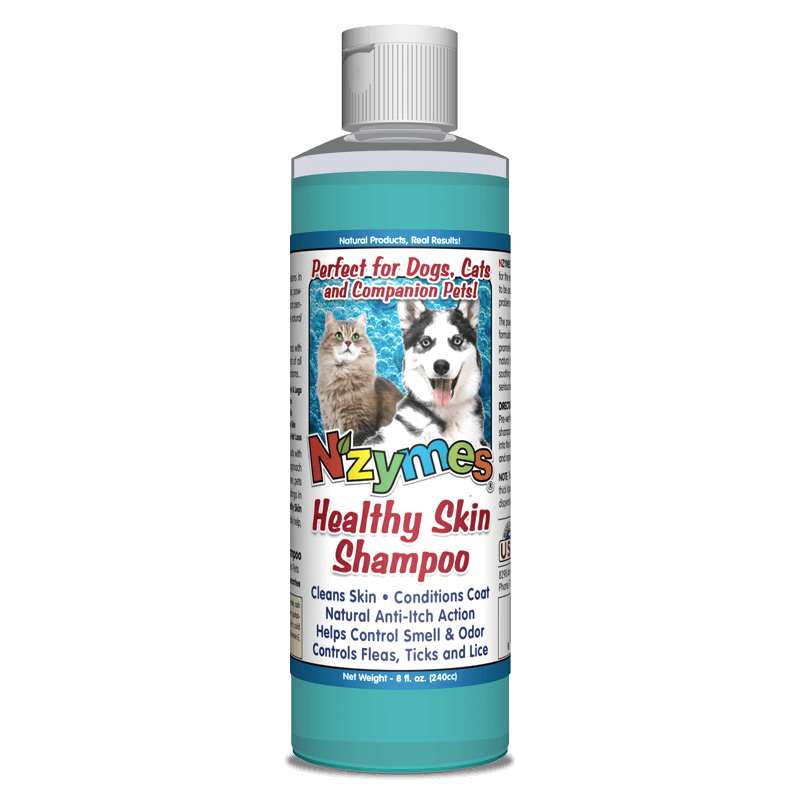Causes and Diagnosis Factors Related to Incontinence

Discussing Urinary Incontinence in Dogs
It’s common to experience urinary incontinence related to aging or tied to a particular disease or condition. Dogs are no exception. To be healthy and live a good life, a healthy and properly working bladder is needed, be it pet or person. The bladder directly affects the kidneys and, if having problems, can lead to more serious dysfunctions. Dogs or other pets are not exempt from such issues. But, before digging deeper, we should start with the basic understanding of what “urinary incontinence in dogs” is.
Urinary incontinence in dogs: In layman language, it is a condition where dogs lose proper control of urine elimination. In other words, they are unable to ‘hold their urine’ as normally expected. The reasons may vary as per the different dysfunction of organs. Expanding on that basic understanding, we can now discuss some common factors or conditions that can lead to urinary incontinence in dogs
Abnormal function of the bladder:
The Bladder has a direct connection with the urinary habit. It is connected to the outside via the urethra tube, stimulated by the spinal cord and brain. It is the brain which controls all the organs, so if the brain develops a defect, abnormalities that can be easily seen in the dog and its bladder’s function. Many times, people confuse Urinary Incontinence with frequent urination. Certain physical and laboratory tests are available to make a proper diagnosis.
Age and gender factor:
It is found that more than 20% of spayed females are affected with urinary incontinence. Though female dogs can have a higher incidence of incontinence problems, both genders are affected – especially those with medium to large breeds. Aging is the another factor that can contribute to incontinence in dogs. Research also shows that almost 81% of adult females and 57% of all dogs have urinary incontinence due to commonly diagnosed “Urethral Sphincter Mechanism Incompetence” for which the frequently allotted medication is “Phenylpropanolamine (PPA)”.
Birth Defects:
Numerous dogs are born with birth defects leading to incontinence. Ectopic Ureter(s) is one of the common birth defects that can cause incontinence in young dogs. Ureters are the carrier of urine from the kidneys to the bladder. An Ectopic Ureter is a condition whereby one or both ureters connect to other locations, like the vagina or urethra rather than the proper position i.e. bladder. Infections generally follow.
There are some breeds that are more prone to incontinence than others. These breeds are:
- Siberian Huskies
- Collie
- Wire-haired Fox Terrier
- Miniature Poodle
- Welsh Corgi
- Labrador Retriever, and
- West Highland White Terrier
Bladder Infection and partial blockage of Urethra:
Bladder infections are the most common reason for incontinence in dogs. This problem can cause a strong urge to urinate. If the infection is prolonged, it prevents the dog’s ability to hold urine, often causing them to urinate in abnormal locations, like indoors. Sometimes a blockage of the urethra due to stones or tumors can be the reason for incontinence. This can be very serious or even fatal for dogs. Such cases require medical attention.
Hormone-responsive incontinence:
It is common to neutered dogs (male and female). This causes the muscles of the bladder to begin weakening due to which pets become unable to hold urine. Various glandular disorders are primarily behind hormone-responsive incontinence. Older dogs are most likely to be affected by this issue. The result is the dribbling of urine unintentionally.
Vulvovaginal Stenosis:
This is not common and only found in female dogs when the urethra’s end is narrowed in the vagina. This causes involuntary urination or dripping of urine when sitting or rising.
Diagnosis:
The test of incontinence depends upon various factors like age of the pet, other signs etc. A urine sample for bacterial culture is enough to diagnosis for infection.
Commonly Asked Questions by Veterinarian:
To determine the actual cause of the problem and identify the infection, the veterinarian may require certain pieces of information, such as:
1. The sign of first-time incontinence.
2. The usual time of feeling the problem
3. Is it from birth or from some specific time?
4. Previous illness and surgery
5. Previous medications
6. Daily water intake by the pet.
7. A frequency of urination and the uncomfortable feeling during urine pass.
8. Any sign of nervous system disorder.
To know the condition of the kidney, a blood test is performed and sometimes a plain or dye X-ray or ultrasound will be done.
Approaching Incontinence in Dogs Naturally:
Helping the body be the best it can be is what Nzymes is all about. Our line of natural products help to support and strengthen body systems, often having a positive impact on a wide range of issues, including incontinence.
Our Antioxidant Treats or Sprouted Granules promote the production of metabolic enzymes which assist the body’s own natural healing processes. These enzymes work at the cellular level to affect positive changes there.
Our Ox-E-Drops, added to the food and water, help to adjust the pH in the GI tract. This makes for a less hospitable environment for nasty, infection-causing organisms to thrive. Used together, they team up to provide support for troublesome incontinence issues.
All Nzymes products are sold with a 120-day money-back guarantee, so they are virtually risk-free. Are you ready? Join in with those who understand why we say, “Nzymes.com, Natural Products – Real Results“.




